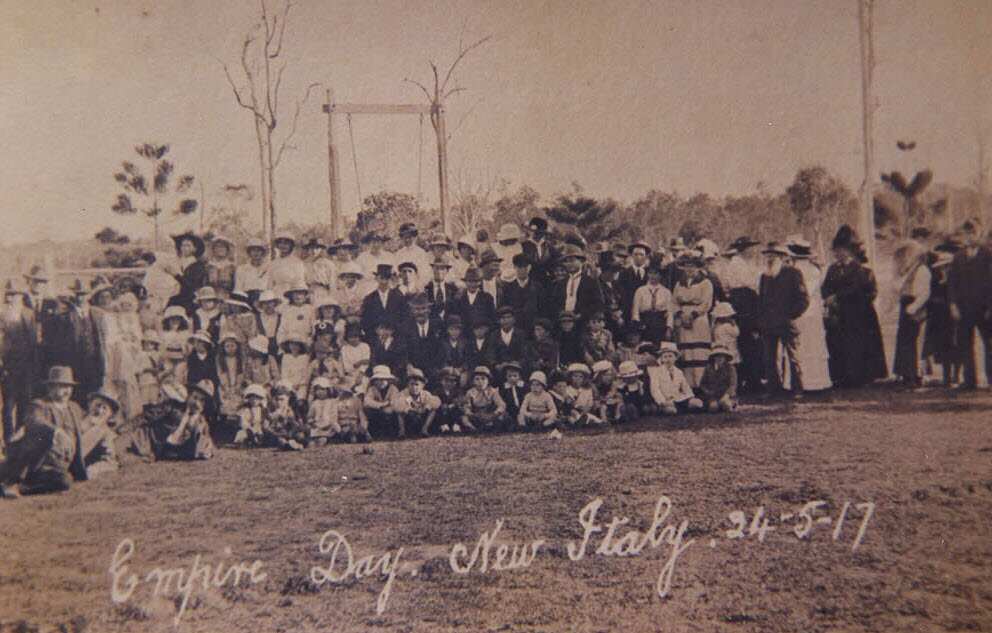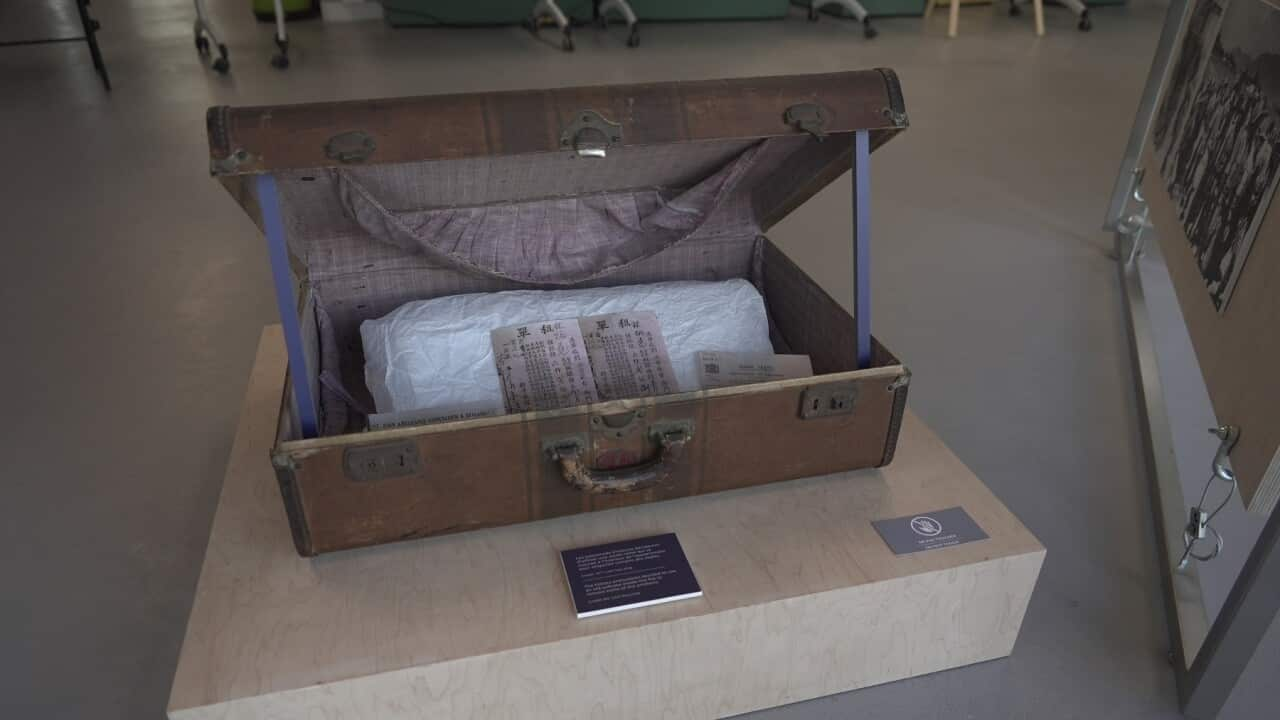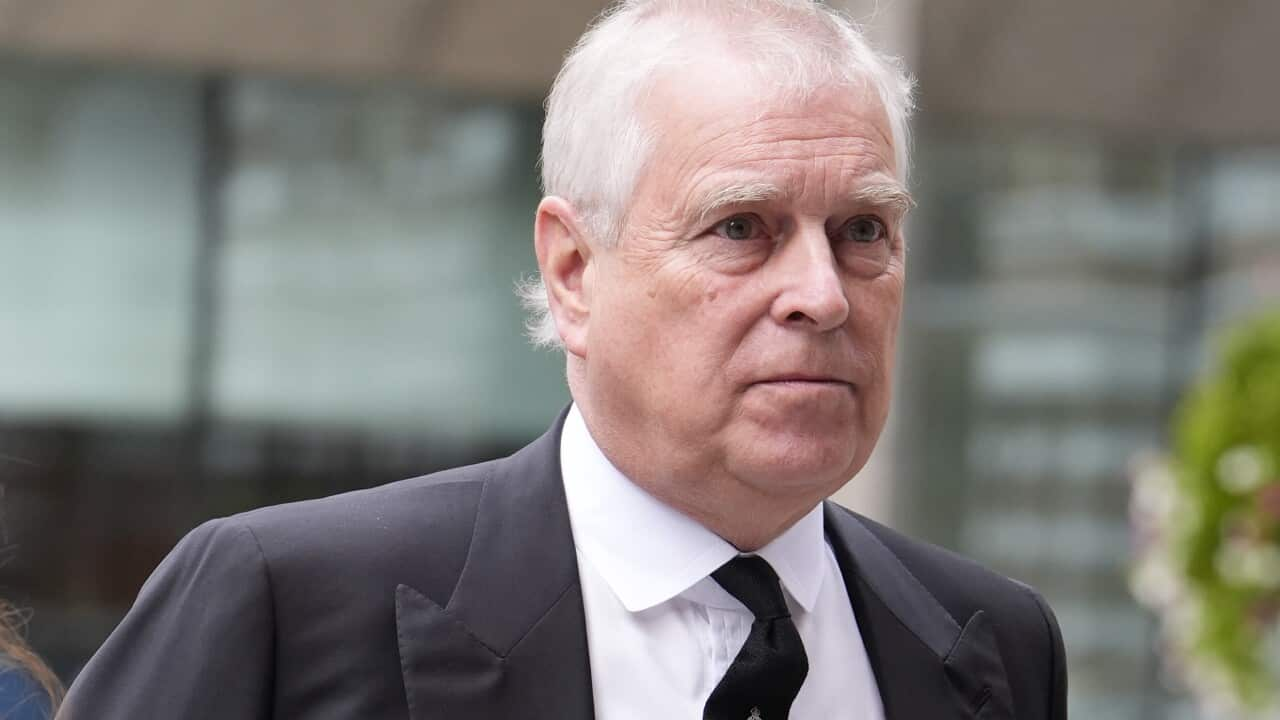An update on the bushfires
Four people have died so far in NSW and the RFS says that more than 250 homes have been destroyed and over one million hectares razed. Conditions are expected to worsen in the next few days as high temperatures are forecast in the State. In the New Italy area high temperatures should continue reaching 34C on Tuesday.
Bushfires are burning near New Italy, Bungawalbin and The Gap. "The fire is more than 10,300 hectares and is out of control", says the NSW RFS. A “Watch and Act” alert level has been issued for the Border Trail, Woodenbong, Guyra Road, Ebor, Macksville, Carrai East (north west of Kempsey) and the Wollemi National Park areas.
The situation is just as dramatic in Queensland, where more than 30 fires burn, four of which out of control between Brisbane and Bundaberg. There are no victims in QLD, however 16 homes have been destroyed over the past week.
SBS Italian spoke to Giovanni Foltran about the situation in New Italy, where the historical complex and the museum are located. Giovanni personally visited the bushfire area on Thursday night.
A short history of New Italy New Italy was developed over almost a century with the current Pavillon officially opened in 1993 by Governor General Bill Hayden. Local supporter and fundraiser Floriano Volpato wrote a book on the tragic story of almost 350 Venetian settlers who in 1880 were deceived by the ill-famed Charles Marie Bonaventure du Breil, Marquis de Rays, a French nobleman who dreamed of founding his own French colony in the Pacific.
New Italy was developed over almost a century with the current Pavillon officially opened in 1993 by Governor General Bill Hayden. Local supporter and fundraiser Floriano Volpato wrote a book on the tragic story of almost 350 Venetian settlers who in 1880 were deceived by the ill-famed Charles Marie Bonaventure du Breil, Marquis de Rays, a French nobleman who dreamed of founding his own French colony in the Pacific.

New Italy Source: Courtesy of New Italy Museum
De Rays enticed the unfortunate Venetians by offering them, on arrival in the new country, a house, a plot of fertile land on which, according to him, they could get more than one crop a year, local cheap labour, in a settlement where schools, roads, industries, a hospital and a cathedral had already been built.
In 1880 over 350 gullible peasants from the northern Italian Veneto region fell into De Rays' trap. They sold everything they owned and left. It was a disaster. On the expedition 48 people, including 19 children under the age of five, died at sea. The survivors landed in Papua and New Guinea where they found nothing of what Marquis de Rays had promised. The group was further decimated by malaria and malnutrition. NSW governor, Sir Henry Parkes, learned of the tragedy and, with the assistance, of the Italian authorities, sent a ship to their rescue. Approximately 200 survivors landed in Sydney in 1881. Two years later, 30 families were offered land to settle in the north of the State. They accepted and founded New Italy where they became successful farmers and established a rich silk industry.
NSW governor, Sir Henry Parkes, learned of the tragedy and, with the assistance, of the Italian authorities, sent a ship to their rescue. Approximately 200 survivors landed in Sydney in 1881. Two years later, 30 families were offered land to settle in the north of the State. They accepted and founded New Italy where they became successful farmers and established a rich silk industry.

Source: Courtesy of New Italy Museum




